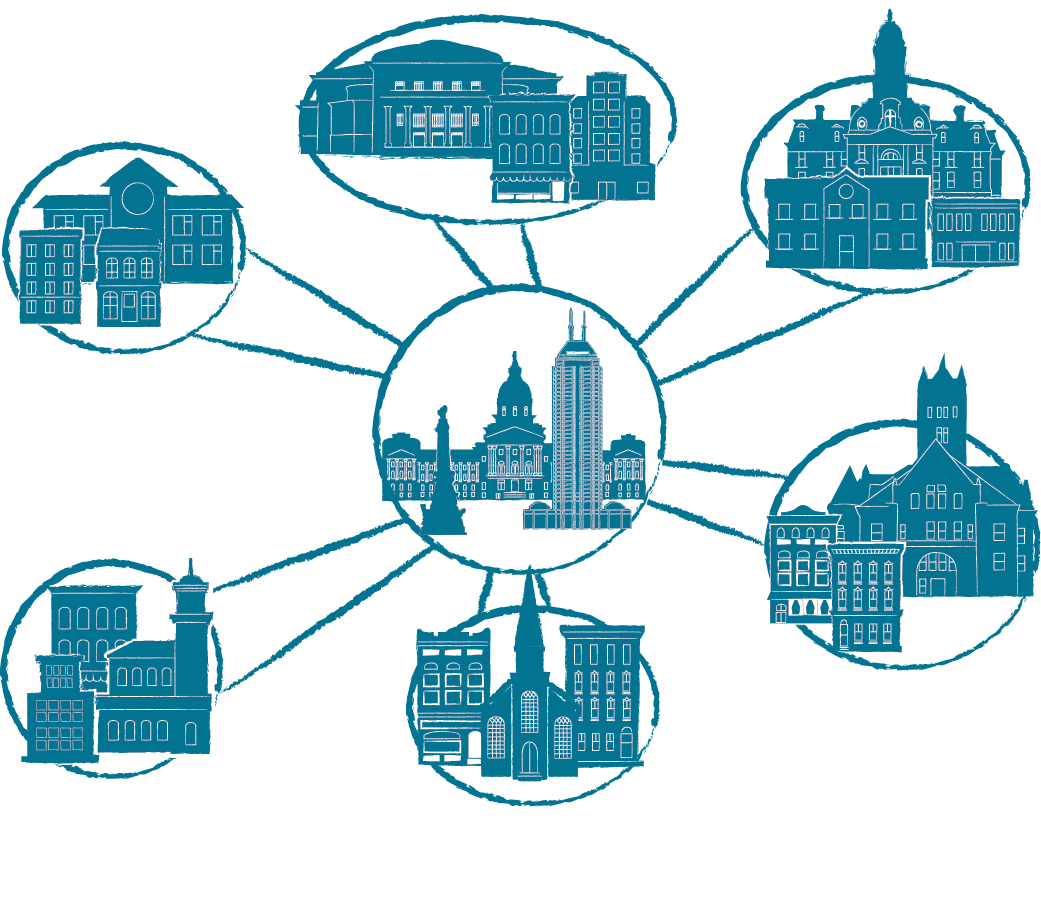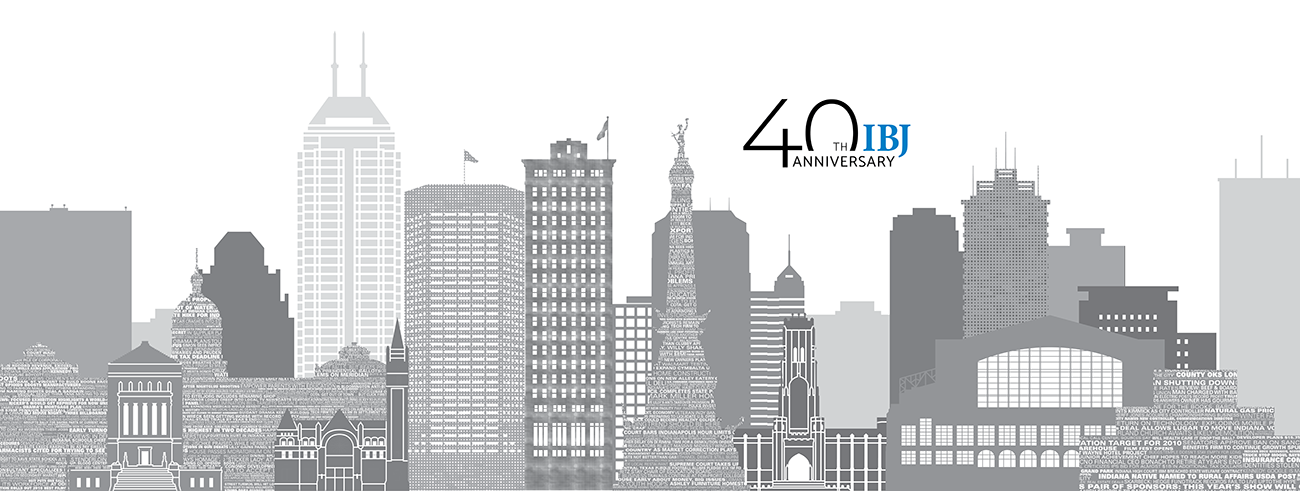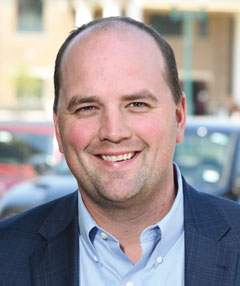40 ideas: Grow and plan as one metropolitan area
Amid the turmoil of 2020, it is difficult to reflect on the last 40 years of Indianapolis or to speculate on the next 40.
It is not uncommon in the history of a city to experience marked ups and downs separated by years of incremental growth or decline. Inflection points in a city often become definable moments in its history. The transition to Unigov, the move to become the amateur sports capital of the world and Super Bowl XLVI are just a few that mark the last 40 years. As we look forward to the next 40, it is imperative that we must progress, we must move forward, and we will have to do it as one metropolitan area.
Do we have the audacity to aspire to one common vision for our region? In the next 40 years, a new model of governance and, frankly, a new model of leadership will be ushered in. Unlike the efforts under Unigov, the next generation of governance should work to discern which things all communities in the metro area should collaborate on and which should be left to a more localized approach.
Imagine each community in the metro area striving to create the best version of itself through intimate knowledge of its community and tailored services. At the same time, these cities should be obligated to engage and contribute to a larger metropolitan vision. Indianapolis can no longer transform without the engagement and participation of the surrounding communities. Suburban communities cannot reach their true potential unless Indianapolis transforms.
Let us suppose that our nine-county metro area set aside our geographic and political differences, our egos and insecurities, and created a system that accomplishes just that collaboration—and for a brief moment we are able to accomplish big ideas. I have a vision for a metro area that can develop a cohesive vision and deliver the discipline to execute on it. I have a vision of a metro area that has aligned the business, philanthropic and governmental stakeholders around transformative ideas that will serve as one of those marked inflection points in our collective community’s history.
The current challenges of aging infrastructure, crime, and access to quality education and mental and physical health care must be viewed through a new paradigm that blurs the lines between public and private, urban and suburban, and rich and poor. Solving these pragmatic problems must be paralleled with a bold vision that creates a clear aspirational identity for our metro area.
Our vision should be multipronged. We must change the physical landscape of our city while also transforming our local economy. Imagine the redevelopment of our city through the thoughtful and broad-scale integration of urban agriculture. The implementation of orchard districts and produce parks will become the catalyst for redevelopment and capital investment. Hydroponics and aquaculture will find homes in abandoned retail and manufacturing buildings. This could help eliminate food deserts and create microeconomies and new identities for declining neighborhoods.
In concert with the physical changes to our city, an economic strategy that leverages our legacy of manufacturing will be deployed to resurrect manufacturing with a focus on ag and life sciences manufacturing. These new jobs will serve as a pathway for residents to break the cycles of generational poverty.
We can and we will do big things—if we commit ourselves to creating the collaboration and systems that are needed to accomplish such a task. Progress in our region should not be assumed but should be pursued with intent.•

Please enable JavaScript to view this content.


